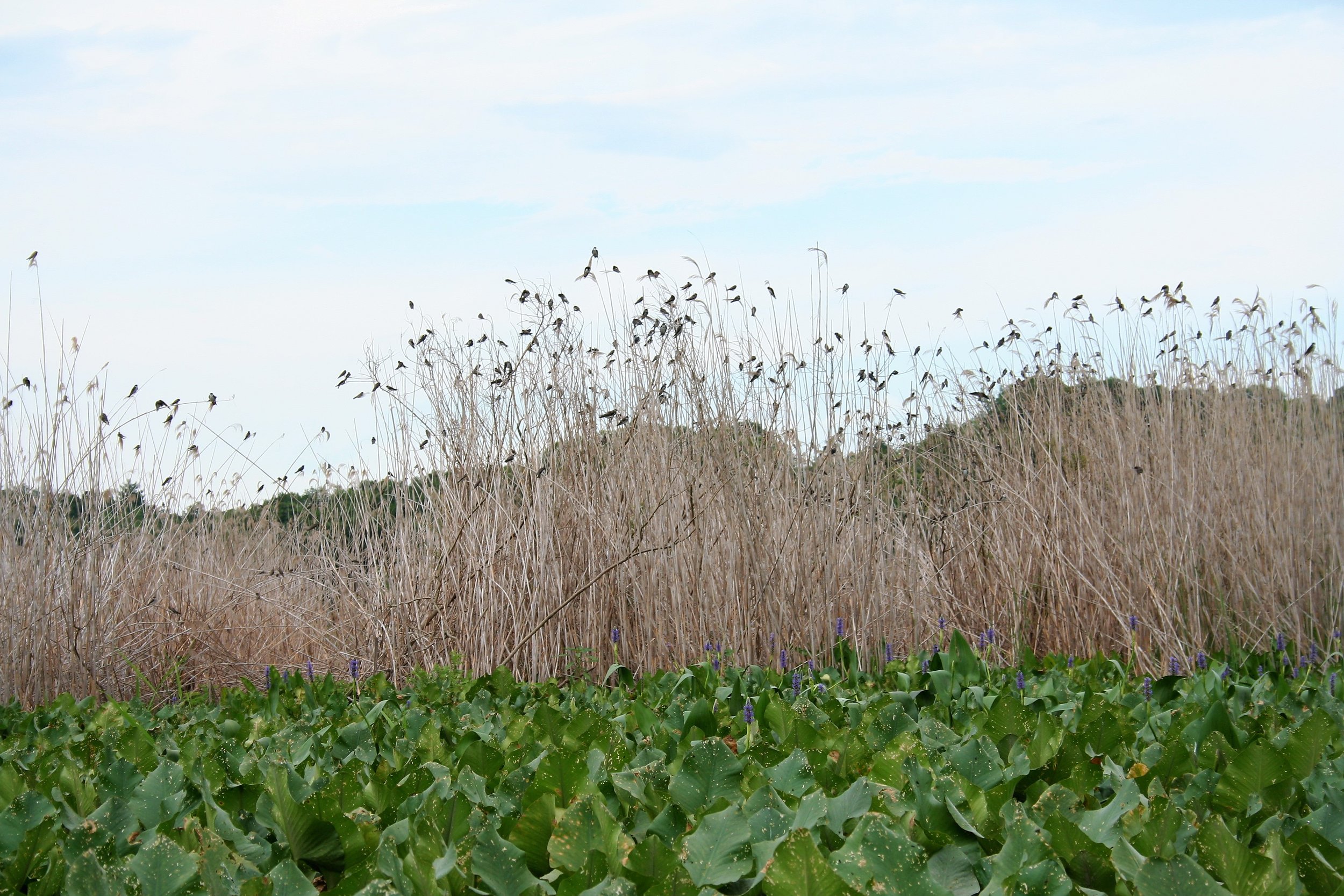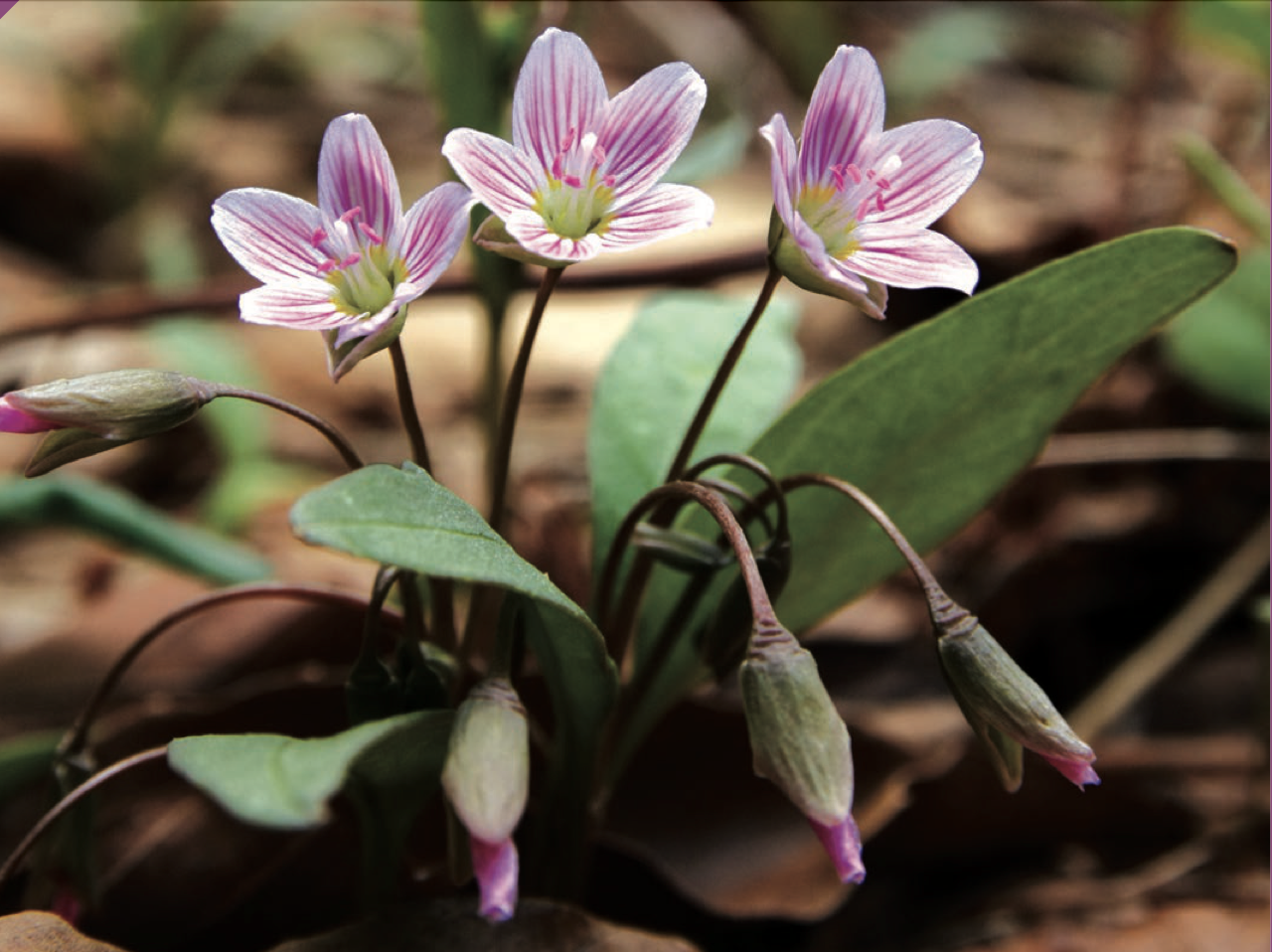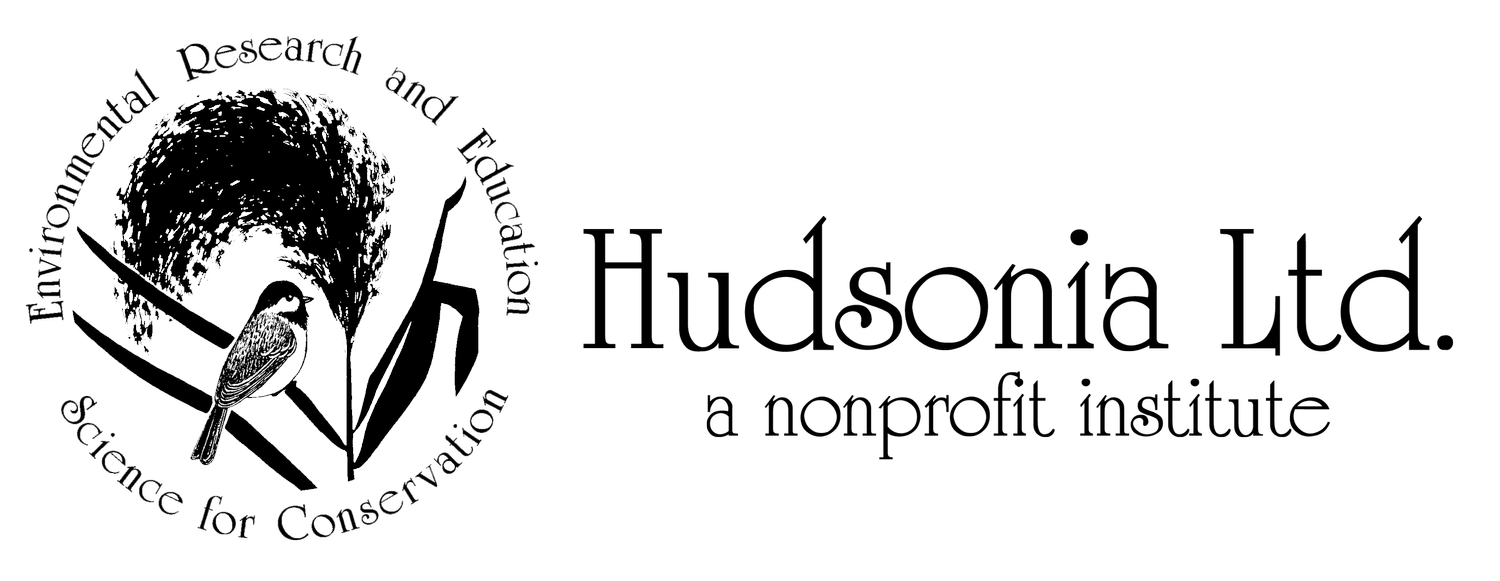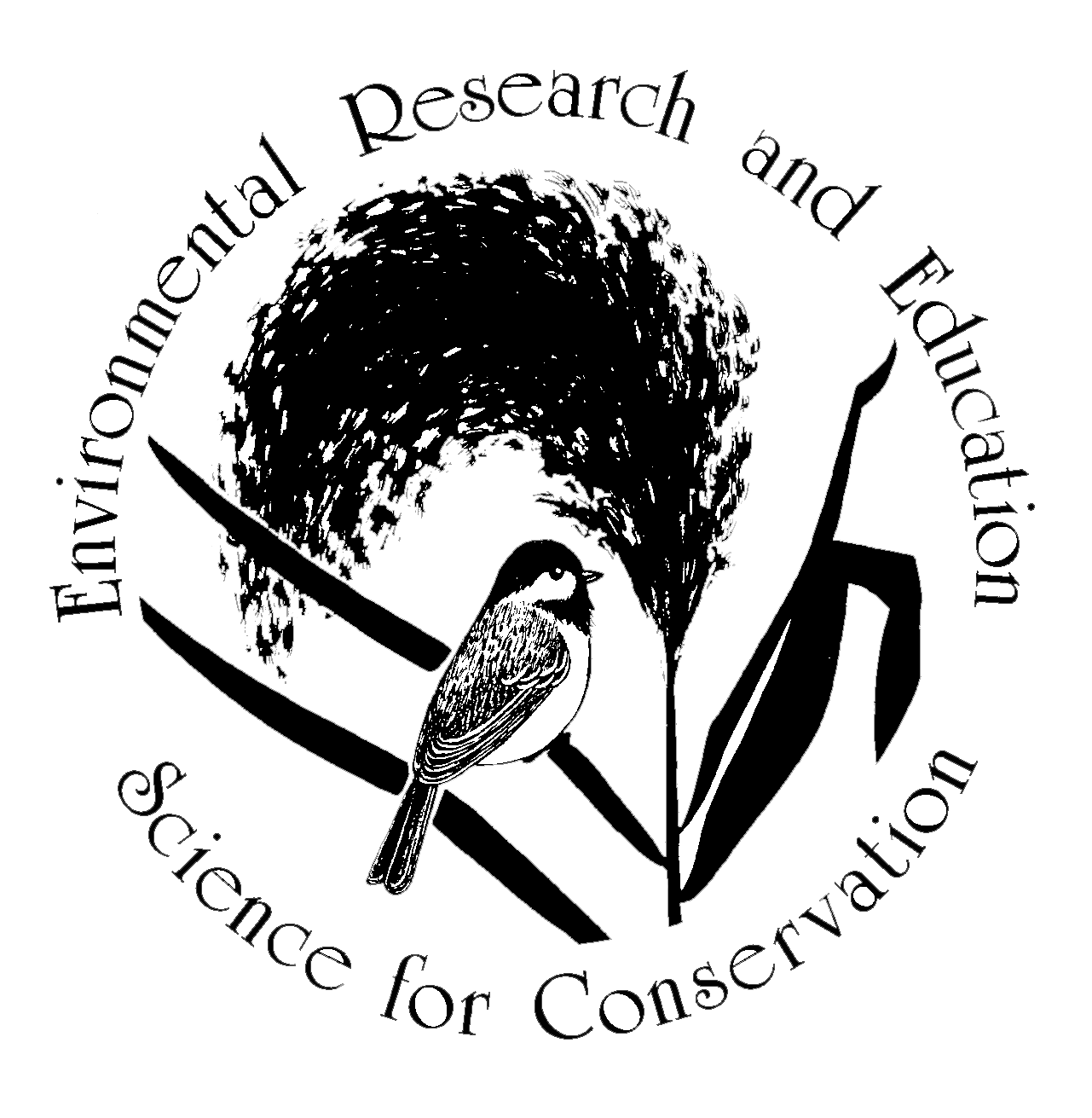
Twenty years in the New Jersey Meadowlands
For the last twenty years our scientists & their associates have studied the New Jersey Meadowlands, an important urban wetland. Their goal is to understand through this case study how some organisms thrive in urban areas, and others do not, how land-use & climate change alter biodiversity, and how we can best protect the viability of urban habitats and their diverse denizens without prohibitively large expense.
Our book on Urban Biodiversity in the Meadowlands has been published by Lexington Books! This is an excellent source for planning boards committed to protecting urban wetlands in their stewardship.
-
The New Jersey Meadowlands: An Overview
In 1999, Hudsonia was called in to join a group of experts reviewing the environmental assessment documents for a project that proposed filling 80 hectares of the most extensive remaining wetland in the Meadowlands. The more Erik Kiviat and his collaborator Kristi MacDonald studied the region, in literature and in the field, the more complexity they found in the supposedly simple and unimportant urban habitats, and we have continued the study with the support of our donors ever since. We are excited to share what we have found with you.
-
The Upper Penhorn Marsh
The Upper Penhorn Marsh is a brilliant example of the conservation importance of that which is already there. Sustaining itself in a highly altered landscape, this unusual mossy ecosystem is bordered by the New Jersey Turnpike & a railroad, covers 170 acres and supports rare species including a substantial breeding population of the newly described Atlantic Coast leopard frog. Ecologists can learn a great deal from it. Please help us protect it.
-
Two Urban Gems under Threat
This is a tale of two city greenspaces, one high and one low, one a park and one privately owned, both supporting concentrations of rare habitats and species, and both being destroyed by unnecessary actions.
-
Alice in Meadowlands
An essay written by Erik Kiviat about half way through this study, evoking the many species living among the abandoned industrial archipelagos, and framing a number of important questions about ecological conservation and restoration.
-

The Birds of the Meadowlands
Here is a list of the surprising number of birds, including known breeding populations of endangered species, like this least tern, and about 150 of conservation concern that can be found in the Meadowlands.
-
Plants of the Meadowlands
Here you can access an Excel spreadsheet documenting the seed plants we discovered in the Meadowlands. including the endangered wafer-ash and saltmarsh bulrush.








